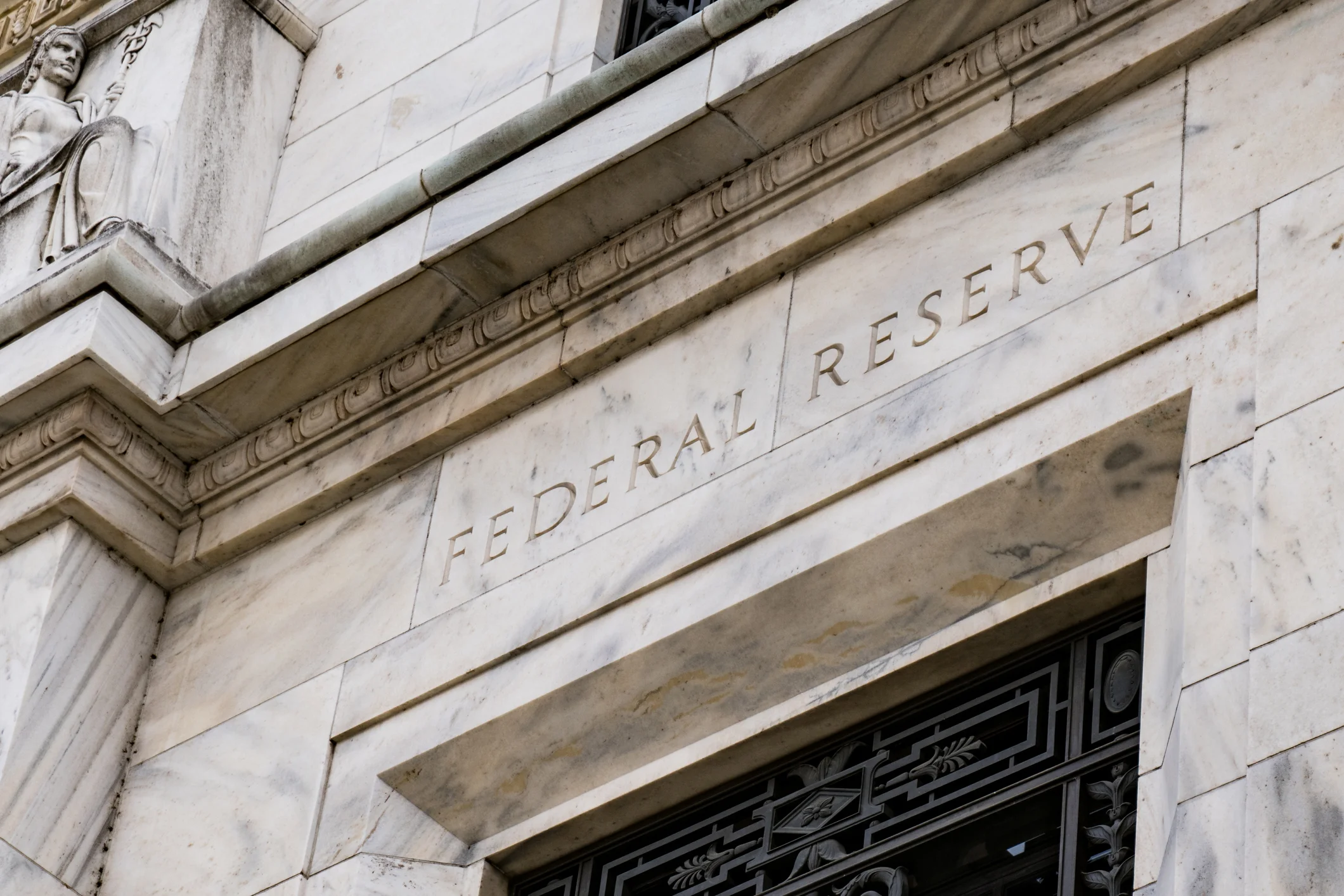Blog
Day Ahead: Top Things to Watch for March 24
- 2020-03-24
- Traiding Idea

Global and US stock markets continue to be under intense sales pressure, unprecedented since the financial crisis of the year 2008. Investors' fears worsened, and confidence eroded due to the Coronavirus pandemic and its rapid spread in the US. The largest cities in the United States have been subjected to "social distancing," as ordered. Nonessential workers have also been urged to stay at home and avoid any rally, especially in California and New York, which will surely hurt the US economy in the coming months. The growing recession and massive government aids have discouraged the investor community, with the VIX index, known as the "fear gauge," rising sharply.
Last week was one of the worst trading weeks. The week began with the Federal Reserve's emergency interest-rate cut, which frustrated investors and caused the biggest one-day stock market crash since the year 1987. the Dow Jones Industrial Average fell 3000 points last Monday. The market climbed slightly over the next three days but finally ended on Friday with another significant selloff.
Equity futures are incredibly volatile. On Sunday, the S&P futures hit its daily 'limit down' just minutes after opening overnight trading To avoid further losses. The main culprit was the Senate, which did not support the stimulus package. However, the Fed is working to restore calm to the corporate debt market. The Federal Reserve also said that a direct lending program to businesses would be announced soon.
After rising sales pressure, the question now is, "where is the bottom of this bear market"? Given all the uncertainties surrounding the recession and public health, we cannot say for sure that sales are running out. Some analysts think 2,000 will be a technical level for the S&P 500 Index. In that case, investors will bear more pain in the weeks to come. This means those who have a long-term investment horizon in the market are likely to remain in this period as History has shown that rapid stock market crashes often lead to the same massive rallies.

